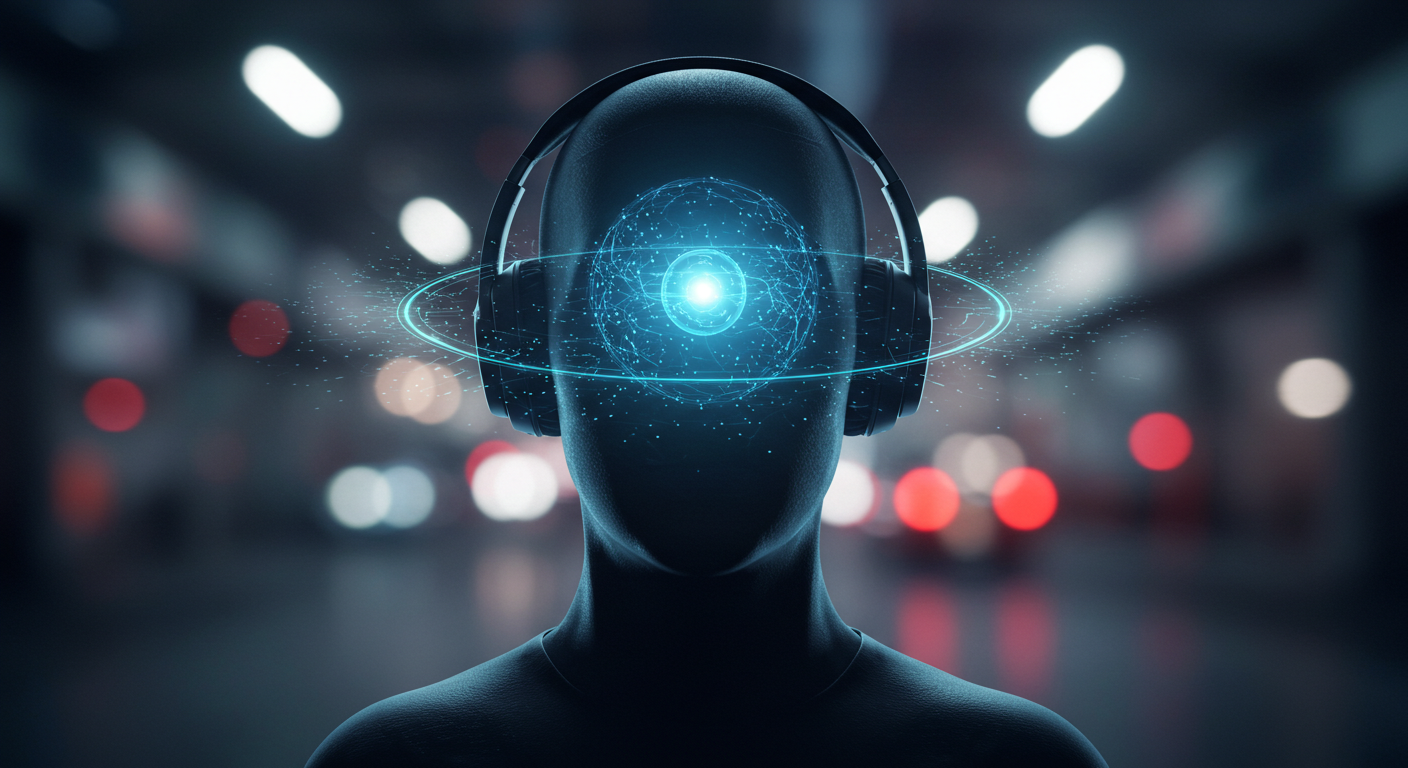You slide on a pair of headphones, and the world melts away. The drone of an airplane engine, the chatter of a busy café, the rumble of a subway car—all fade into a quiet, focused calm. It feels like magic, but it’s one of the most fascinating applications of audio physics in consumer technology: Active Noise-Cancellation, or ANC.
But how does it actually work? How can a device create silence out of chaos? This deep dive explains the science behind your personal cone of silence.
The Core Principle: Destructive Interference
At its heart, ANC is about fighting fire with fire—or more accurately, fighting sound with sound.
Sound travels in waves. Each wave has peaks (areas of high pressure) and troughs (areas of low pressure). The core principle behind ANC is a physics concept called destructive interference. If you can generate a new sound wave that is the exact mirror image of an unwanted sound wave—with peaks that align perfectly with the original sound’s troughs, and troughs that align with its peaks—the two waves will cancel each other out.
The result is not two sounds, but silence. Your headphones are, in essence, creating a precise “anti-noise” sound wave to erase the noise around you.
The Three Components of an ANC System
Creating this anti-noise signal in real-time is an incredible feat of engineering that relies on three key components working in milliseconds:
1. The Microphone:
A tiny microphone is placed on the outside of the headphone earcup. Its sole job is to listen to the ambient noise in your environment—the sound you want to eliminate. It captures this external sound and passes it along to the brain of the operation.
2. The ANC Processor (The Brain):
This is a dedicated digital signal processing (DSP) chip inside the headphones. It receives the sound profile from the microphone and instantly analyzes it. Its critical task is to generate that perfect, phase-inverted “anti-noise” signal—the mirror image of the incoming noise. This calculation has to happen with virtually zero latency.
3. The Speaker (The Canceler):
The speaker inside your headphone then does two things at once. It plays your music or podcast, but it also plays the “anti-noise” signal generated by the processor. This anti-noise wave radiates from the speaker, meets the original ambient noise entering your ear, and they cancel each other out before the sound ever reaches your eardrum.
Why ANC is Better at Blocking Some Sounds Than Others
Have you ever noticed that ANC is brilliant at eliminating the constant drone of an engine but less effective at silencing a sudden shout or a crying baby? This is due to the nature of sound waves.
- Low-Frequency, Constant Sounds (e.g., engines, fans): These sounds have long, predictable waveforms. This gives the ANC processor ample time to accurately capture, invert, and cancel them. This is why ANC excels on planes and trains.
- High-Frequency, Sudden Sounds (e.g., speech, alarms): These sounds have short, complex, and unpredictable waveforms. By the time the microphone and processor have identified the sound, it has likely already reached your ear.
This is also why headphones still rely on Passive Noise Isolation—the physical seal created by the earpads—to help block those higher-frequency sounds that ANC struggles with. A great pair of noise-canceling headphones uses both active and passive methods in harmony.
The Future: Adaptive and AI-Powered ANC
The technology is constantly evolving. Modern high-end headphones now use multiple microphones (both outside and inside the earcup) and AI algorithms to create Adaptive ANC. These systems can adjust the level of noise cancellation in real-time based on your environment’s sound profile and even account for how the headphones fit on your specific head.
So, while it may feel like magic, ANC is a beautiful symphony of physics and high-speed processing. It’s a testament to the technology that allows us to find a little piece of quiet in an increasingly noisy world.

